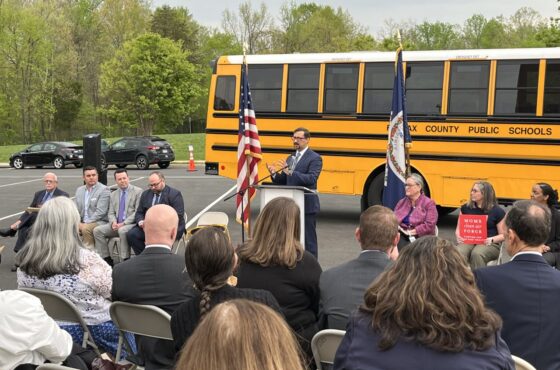Polls Are Still Open to Cast Votes to Save Energy and Water
Published by the Natural Resources Defense Fund

Geoffrey Fairchild
Electronic balloting is now underway—through November 22—on scores of proposals to revise the International Energy Conservation Code (IECC), the national model code governing the energy efficiency of new buildings, used by more than forty states. The IECC is updated every three years, and the current cycle leading to the code’s 2018 edition will soon draw to a close, as state and local building officials cast ballots electronically this month on scores of code change proposals that have been discussed throughout the year. Code improvements make sense because efficient products and practices are often less costly and more practical at the time of construction, rather than after a building is completed and occupied.
Some of the proposals now pending will save water as well as energy, a double benefit that helps building owners save money and leaves communities better positioned to cope with a changing climate. NRDC’s recommendations on water- and energy-saving proposals can be found below, or read “5 Key Votes to save Energy and Water”. For more on additional energy efficiency measures on the ballot, see this recent post by my NRDC colleague Lauren Urbanek.
Balloting continues through November 22, 2016, and NRDC encourages state and local building officials to cast a vote at www.cdpaccess.com to improve the energy and water efficiency of new homes and commercial buildings.
Proposals that Save Energy and Water
RE 114 – Lavatory Faucet Flow Rate: Approve as submitted
- Faucets meeting this specification save energy by reducing hot water use, and perform as well as those with higher flow rates. (Applies to homes and small apartment buildings.)
RE191 – Water Heater Proximity to Fixture Outlets: Approve as submitted
- Reduces the waste of energy and water from purging cooled-down water while waiting for hot water to arrive at a shower or faucet. (Applies to single-family homes.)
CE175, Part 1 – Showerhead Flow Rate: Approve as submitted
- Showerheads meeting this specification save energy by reducing hot water use, and perform as well as those with higher flow rates. (Applies to commercial buildings.)
CE175, Part 2 – Showerhead Flow Rate: Approve as submitted
- Showerheads meeting this specification save energy by reducing hot water use, and perform as well as those with higher flow rates. (Applies to residential buildings.)
CE247 – Lavatory Faucet Flow Rate: Approve as submitted
- Faucets meeting this specification save energy by reducing hot water use, and perform as well as those with higher flow rates. (Applies to apartments in large buildings.)
Support Our Work
Read the full article at: https://www.nrdc.org/experts/ed-osann/polls-are-still-open-cast-votes-save-energy-and-water




